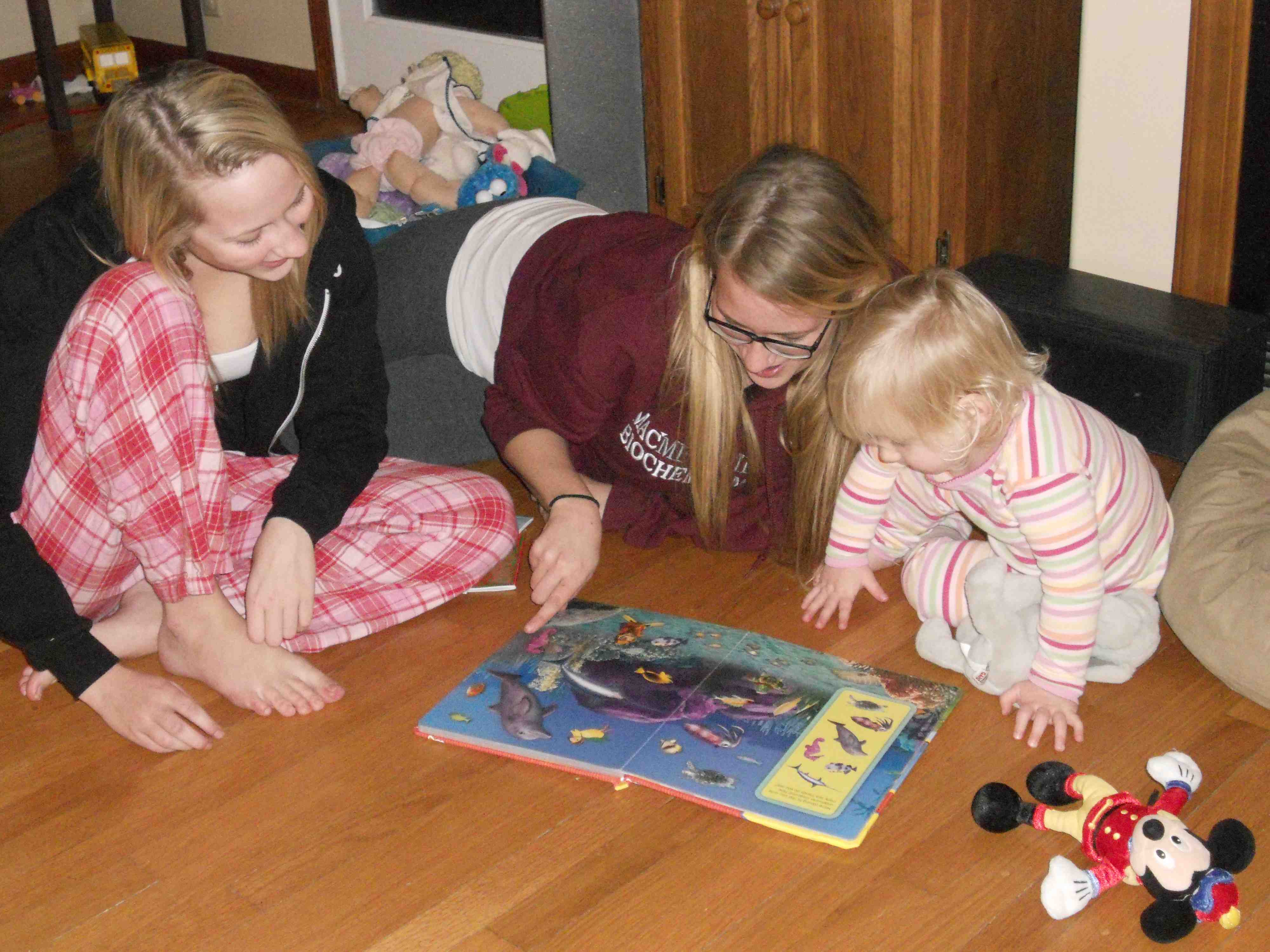ABC News set out to find what bystanders would do if they witnessed a waiter drop food on the floor and serve it to unsuspecting patrons. We set up hidden cameras at Holsten’s Confectionary in Bloomfield, N.J. — a popular, well-regarded restaurant that would, of course, never tolerate such behavior from its own staff — and hired actors to play a clumsy waiter and a hungry couple, out with a  hankering for grilled cheese sandwiches. We found people were quick to warn our couple when they saw the disservice. But would anyone alert our couple if they became obnoxious and impolite?
hankering for grilled cheese sandwiches. We found people were quick to warn our couple when they saw the disservice. But would anyone alert our couple if they became obnoxious and impolite?
What They Said:
"He picked up the pickles and everything and pit it back on the plate…just dropped it on the floor and brought it over." ?
— a shocked Holsten’s customer after witnessing our actor server’s spill
"I should have called him on it, but I didn’t."?
— a sympathetic customer who was a former waitress
"Why don’t you get our food. You’re incompetent…I don’t care if you’re sorry, I just want our food."?
— our "What Would You Do?" offensive couple
"He deserved to eat the food that fell on the floor."
— a customer that kept quiet about the tainted food
"Let him eat the dirty food. He was being a dirty man."
— Holsten’s patron reacting to our rude actors
Who goes to a restaurant for a grilled cheese sandwich?



 the food sits on the floor does not change the risk.”
the food sits on the floor does not change the risk.”